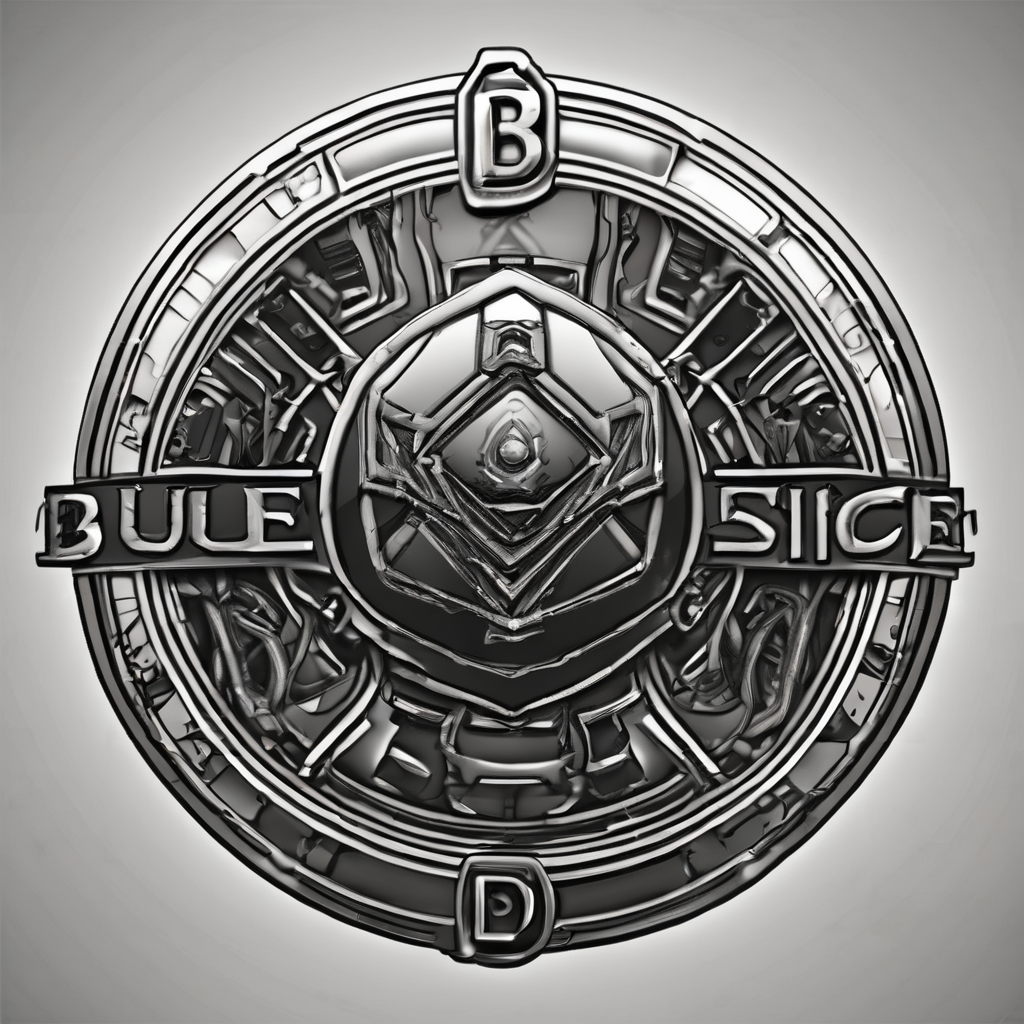Setting up a Continuous Integration/Continuous Deployment (CI/CD) pipeline is essential for modern software development. It automates the building, testing, and deployment of code, which helps maintain high-quality software and reduces manual errors. Bamboo by Atlassian is a powerful tool for orchestrating these pipelines. In this article, we will go through the detailed steps necessary to set up a CI/CD pipeline using Bamboo for a PHP project.
Getting Started with Bamboo and GitHub
To begin with, you’ll need to integrate Bamboo with your GitHub repository. This will allow Bamboo to access your project’s source code and initiate builds automatically whenever there are changes.
Avez-vous vu cela : How can you use TensorFlow Lite for deploying machine learning models on mobile devices?
Firstly, create a GitHub repository for your PHP project if you haven’t already. Once your repository is ready, you’ll need to link it with Bamboo. Enter your Bamboo server and navigate to the administration section to add a new repository. Choose Git as the repository host and enter the necessary GitHub details. This creates a bridge between Bamboo and your GitHub source code.
Setting Up a Bamboo Build Plan
A build plan in Bamboo defines the tasks and jobs that Bamboo will execute. Here’s how you set it up for a PHP project:
Avez-vous vu cela : How can you use Grafana for visualizing and analyzing metrics from Prometheus?
- Login to your Bamboo server and click on the “Create Plan” button.
- Enter the Plan name, Project key, and Repository details you just set up with GitHub.
- Click Save and move to the configuration screen.
In the configuration screen, you need to define the various stages, jobs, and tasks for your build process. For a PHP project, you might want to run tasks like code linting, unit tests, and packaging.
Example Tasks
- PHP Code Linting: Add a new task for running PHP CodeSniffer.
- Unit Testing: Add a task for running PHPUnit.
- Packaging: Add a task to archive the build artifacts.
Click Save after adding each task. This build plan will be triggered whenever changes are pushed to your GitHub repository, ensuring that your PHP code is always tested and linted.
Configuring the Dev Environment
The dev environment is where your code will be built and tested before it’s deployed to production. You need to set up a suitable environment that mimics your production environment as closely as possible. For a PHP project, you might include services such as PHP-FPM, MySQL, and a web server like Nginx or Apache.
Steps to Configure
- Provision a Server: Use a service like AWS, Azure, or DigitalOcean to provision a server.
- Install required software: Install PHP, PHP-FPM, MySQL, Nginx/Apache, and other necessary software.
- Clone the Repository: Clone your GitHub repository to this server.
- Setup Environment Variables: Configure any environment variables needed for your PHP application.
Once your dev environment is ready, you should run your build plan in this environment to test the configuration.
Implementing Continuous Integration (CI) with Bamboo
Continuous Integration is the practice of merging all developers’ working copies to a shared mainline several times a day. Here’s how you can implement CI with Bamboo for your PHP project:
- Create a CI Plan: Similar to the build plan, create a new plan specifically for CI.
- Configure Triggers: Set up triggers to automatically start a build whenever changes are pushed to the GitHub repository.
- Add Tests: Ensure that unit tests and other quality checks are part of this CI plan.
- Set Up Notifications: Configure notifications to alert your team in case of build failures.
With CI in place, you will test every change in your codebase, ensuring that new commits do not break the existing functionality.
Deployment with Octopus Deploy
Once your code passes all CI stages, it’s time to deploy it to your production environment. Octopus Deploy is a tool that can automate the deployment process across different environments like dev, test, and prod. Here’s how you integrate Octopus Deploy with Bamboo:
Setting Up Octopus Deploy
- Download and Install Octopus Deploy on your server.
- Create a Project: In Octopus, create a deployment project for your PHP application.
- Add Environments: Define the environments (e.g., Dev, Test, Prod) where your application will be deployed.
- Configure Deployment Steps: Create steps in Octopus that define how your application should be deployed. This could involve steps like transferring files, running database migrations, and configuring servers.
Integrating with Bamboo
- Install Octopus CLI: Install the Octopus Command Line Interface (CLI) on your Bamboo server.
- Create Deployment Tasks: In your Bamboo build plan, add tasks to trigger Octopus deployments using the CLI.
- Set Up Triggers: Configure Bamboo to trigger these deployment tasks automatically after successful builds.
By integrating Octopus Deploy with Bamboo, you can ensure that every successful build is automatically deployed to the appropriate environment. This streamlines your deployment process and reduces manual effort.
Setting up a CI/CD pipeline using Bamboo for a PHP project involves several key steps. You need to integrate Bamboo with GitHub to access your source code, define a build plan to automate testing and linting, configure your dev environment for accurate testing, implement Continuous Integration to verify every code change, and use Octopus Deploy to automate deployments across different environments.
By following these steps, you can create a robust CI/CD pipeline that ensures your PHP code is always well-tested and quickly deployed to production. This not only improves code quality but also speeds up the development process, allowing your team to focus on building features rather than managing deployments. In a world where software needs to be delivered faster than ever, a well-configured CI/CD pipeline is indispensable.

